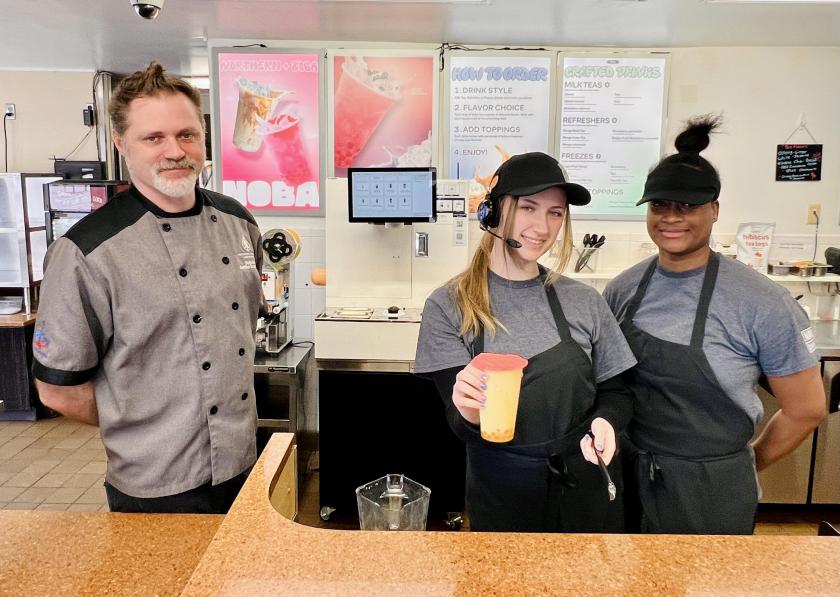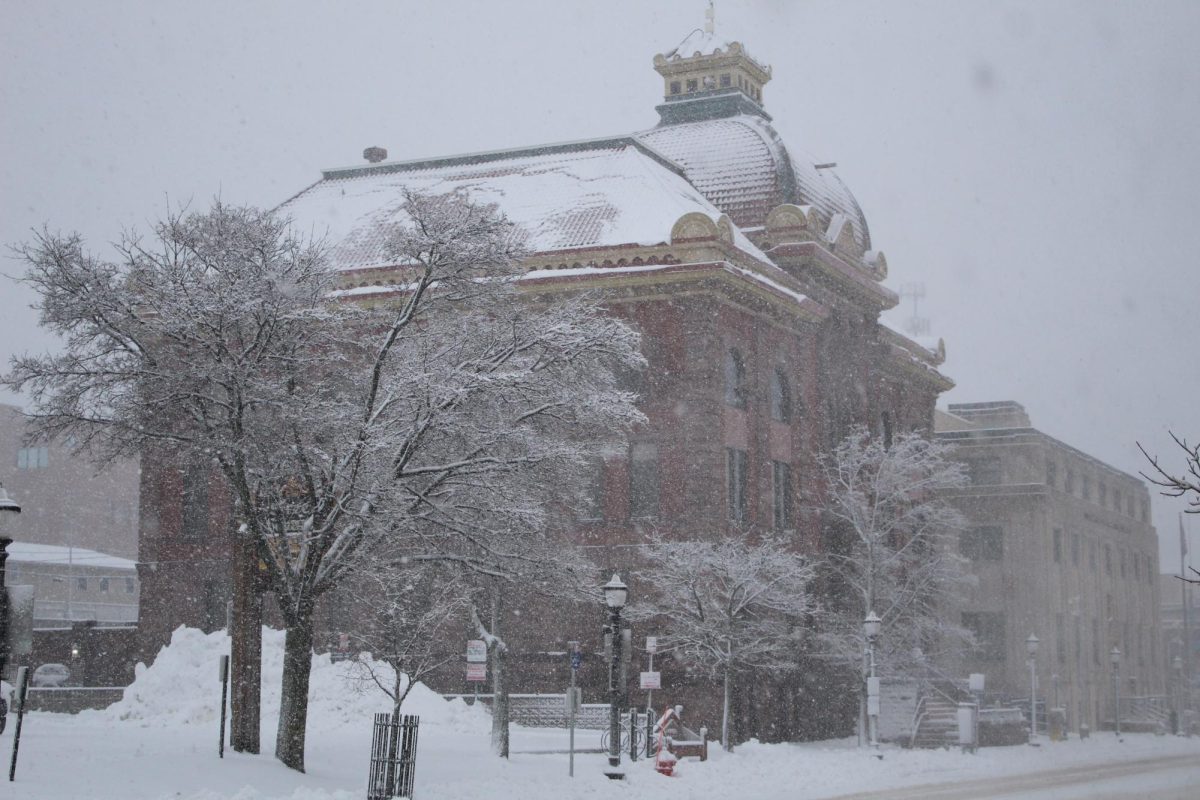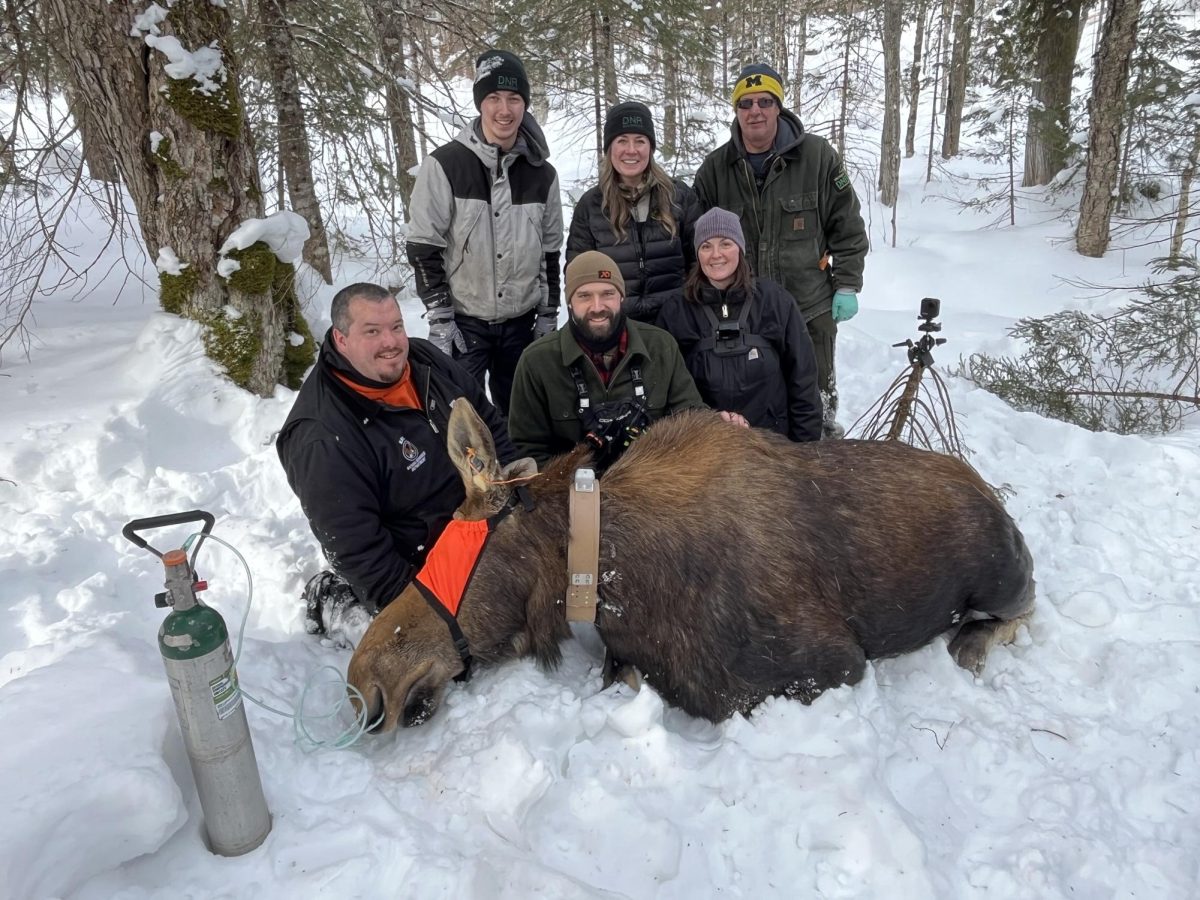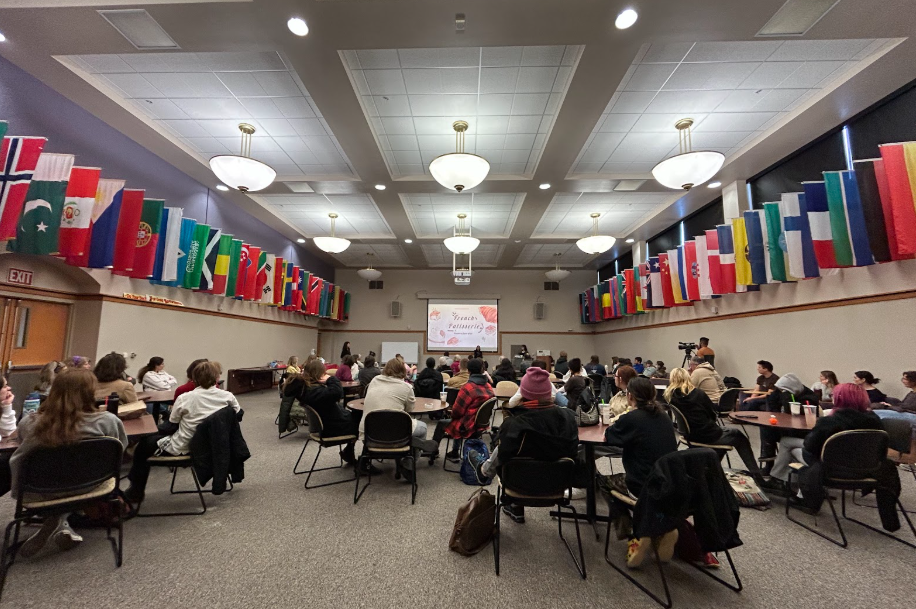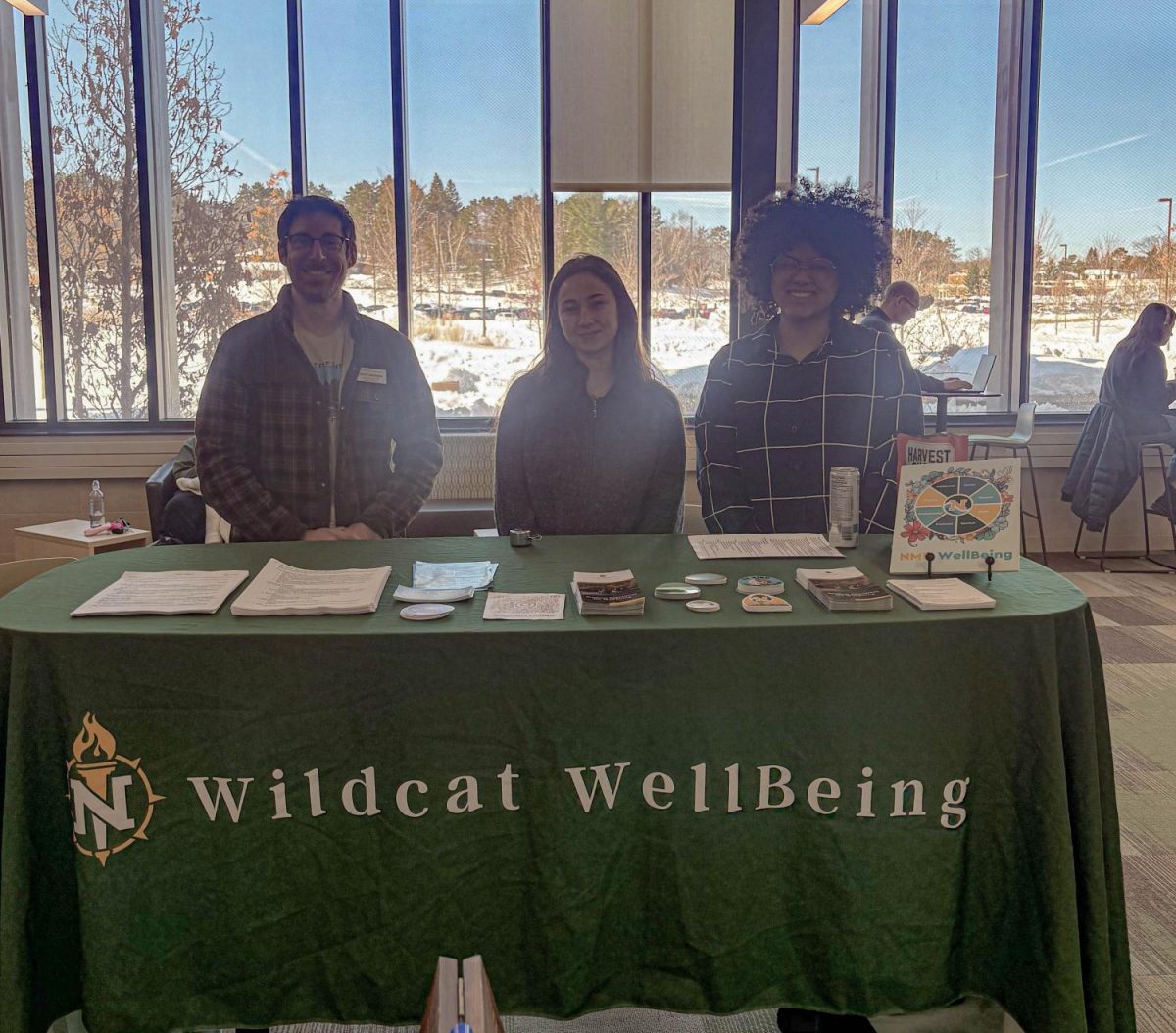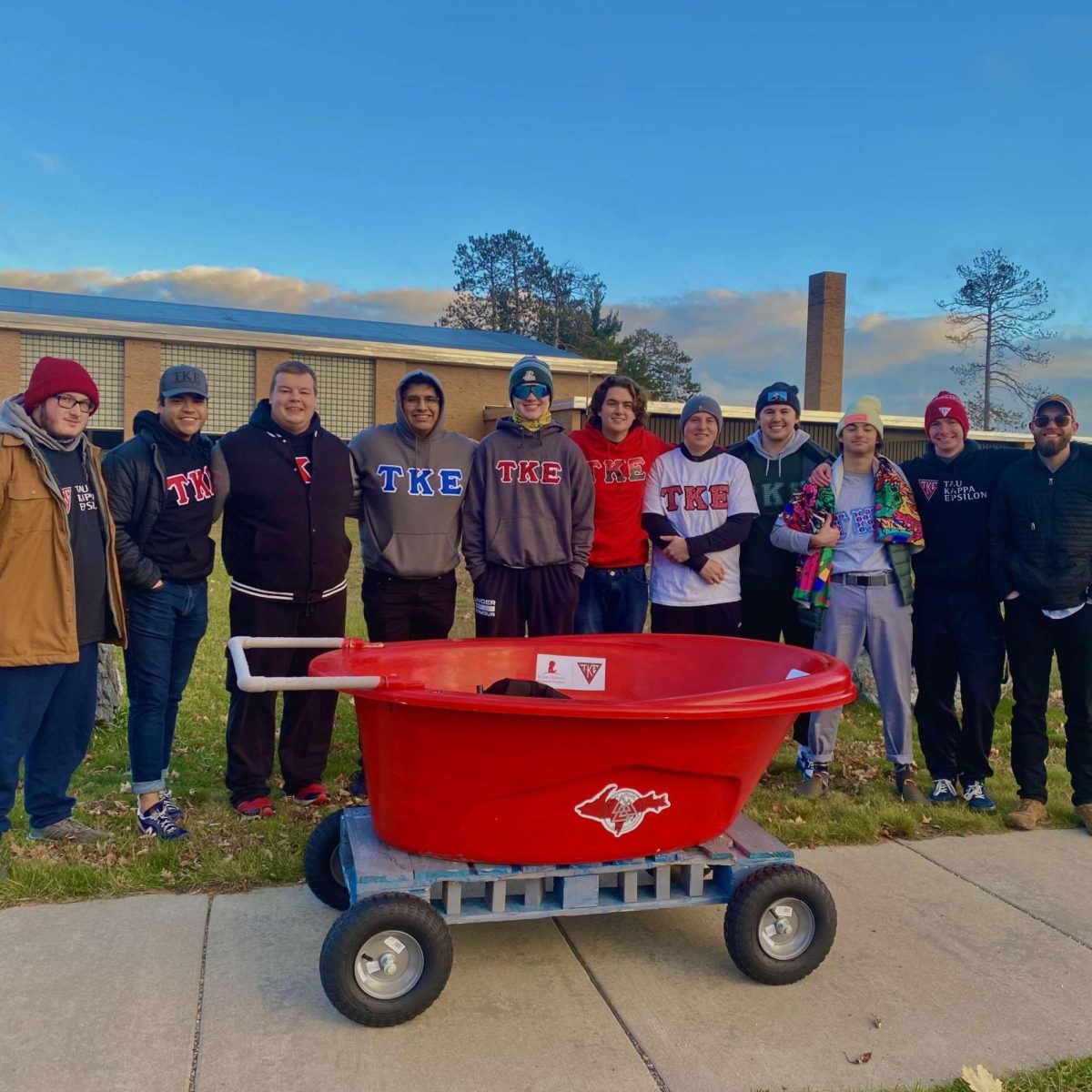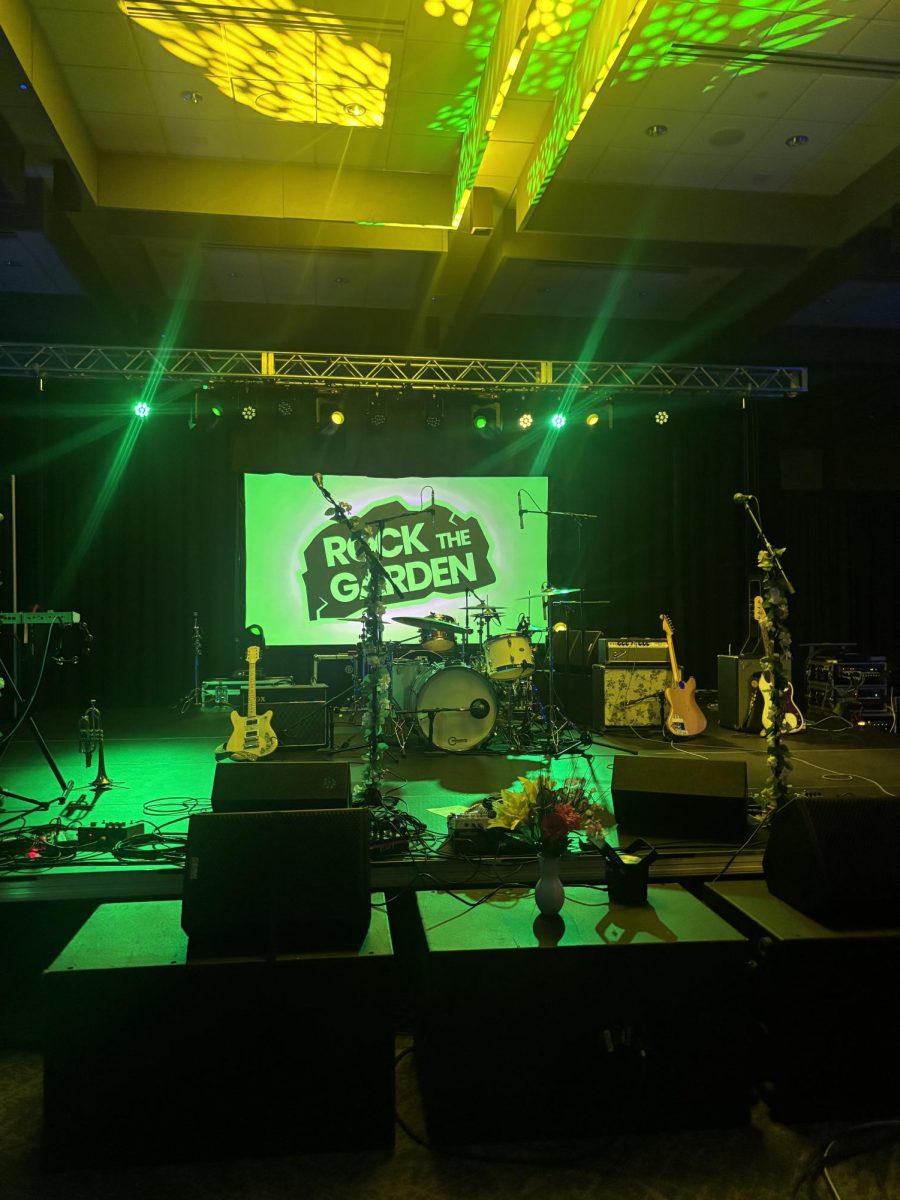The loss of pine forests in Honduras, a fungus attacking coffee plants in Guatemala and a decrease in shade and the number of cooler days in the mountains of Central America do not bode well for farmers trying to grow coffee.
“High-altitude grown coffees will be the first to go away,” said Brice Sturmer, owner of Velodrome Coffee Co. in Marquette.
Sturmer travels the globe to find sustainable and climate- friendly coffee growers to supply his business. Changes in the environment in Central America are signs of climate change, he said.
Sturmer spoke about his journey and the role that climate change plays on coffee bean growth, production, and sales on April 13, during the final installment of the Northern Climate Network seminar series Climate at Noon. The title of his talk was “Coffee and Climate Change.”
In Honduras, a beetle infestation has taken away pine trees, which are crucial to providing shade for coffee plants in the region. The southern pine beetle has already destroyed one million acres of pine forest, about one-quarter of Honduras’ primary forest cover, according to Digital Journal.
“It looks like a forest fire went through the area,” Sturmer said. “You wouldn’t believe it.”
Without forest cover, the annual temperature in Honduras is on the rise. The slightest bit of change in the environment has an effect on the growth of coffee. Abnormal temperatures throw off the harvest season, which is impacting high-altitude farms in Northern Guatemala.
“The farmers are worried that a late season will throw future cycles off,” Sturmer said.
Some farms that he visited in such countries as Nicaragua are only accessible via dirt roads. It is often impossible for growers to bring their coffee down by motor vehicle during the rain season, Sturmer said. The only other viable option is using a mule.
“It doesn’t take much to go out to these farms and get depressed seeing these things,” Sturmer said. “Climate change is really affecting what the farmers do.”
Coffee leaf rust, a fungus that grows on coffee branches, has plagued crops in Southern Guatemala. The disease causes coffee leaves to dry up and can cut a harvest down by 75 percent, Sturmer said. Currently, there is no way to prevent the spread, except to cut off the infected crop from the rest.
The fungus and beetle infestations are linked to the strongest ever recorded El Niño, a recurring natural phenomenon that happens when sea surface temperature rises in the Pacific Ocean. The 2015 El Niño affected wind patterns, air quality, and reduced rainfall, causing a high risk for drought and forest fires in Central America, as well as the United States, according to NASA.
Jim Randerson, a professor of Earth system science at University of California-Irvine, analyzed wildfire burn maps to see the effects of El Niño on the spread and severity of wildfires worldwide.
“The change in atmospheric dynamics shifts the rainfall,” Randerson said in a NASA article. “So El Niño causes less rain to fall in many areas of the tropics, making forests more vulnerable to human-ignited fires.”
The dry season in Honduras created a six-fold increase in the southern beetle population, according to Digital Journal.
People are cutting down infected trees to create buffer zones in an attempt to save the pine forests.
Despite these difficulties, coffee growers are finding alternatives to combat the effects of climate change and El Niño.
Gold Mountain Coffee Growers in Nicaragua are putting extra money toward buying and saving plots of rainforest. Shade for their coffee plants is being provided by the rainforest plots they purchased around their farm, which allows the crops to flourish.
With the rising rate of sunny days, some farmers plant fast- growing banana trees to shade the coffee, Sturmer said. Once the coffee is harvested, the trees are cut down and left to provide fertilization for the next season.
Another grower in Nicaragua has built a water filtration system
on his farm to filter waste water back into his farm ecosystem, Sturmer said.
“It was pretty wild to see that whole system at play,” Sturmer said. “It’s all about seeking them out as a coffee roaster, even if it means paying more for their coffee.”
For Velodrome, it is important to have a relationship with each grower and the consumer, Sturmer said. While most people visit Velodrome for a cup of coffee, Sturmer hopes to spark a conversation about climate change. He now stamps the face of a farmer on each cup of coffee.
“We can’t make the coffee any better than what the farmers give us,” Sturmer said. “They’re the ones that provide the quality. We’re just not screwing it up.”









